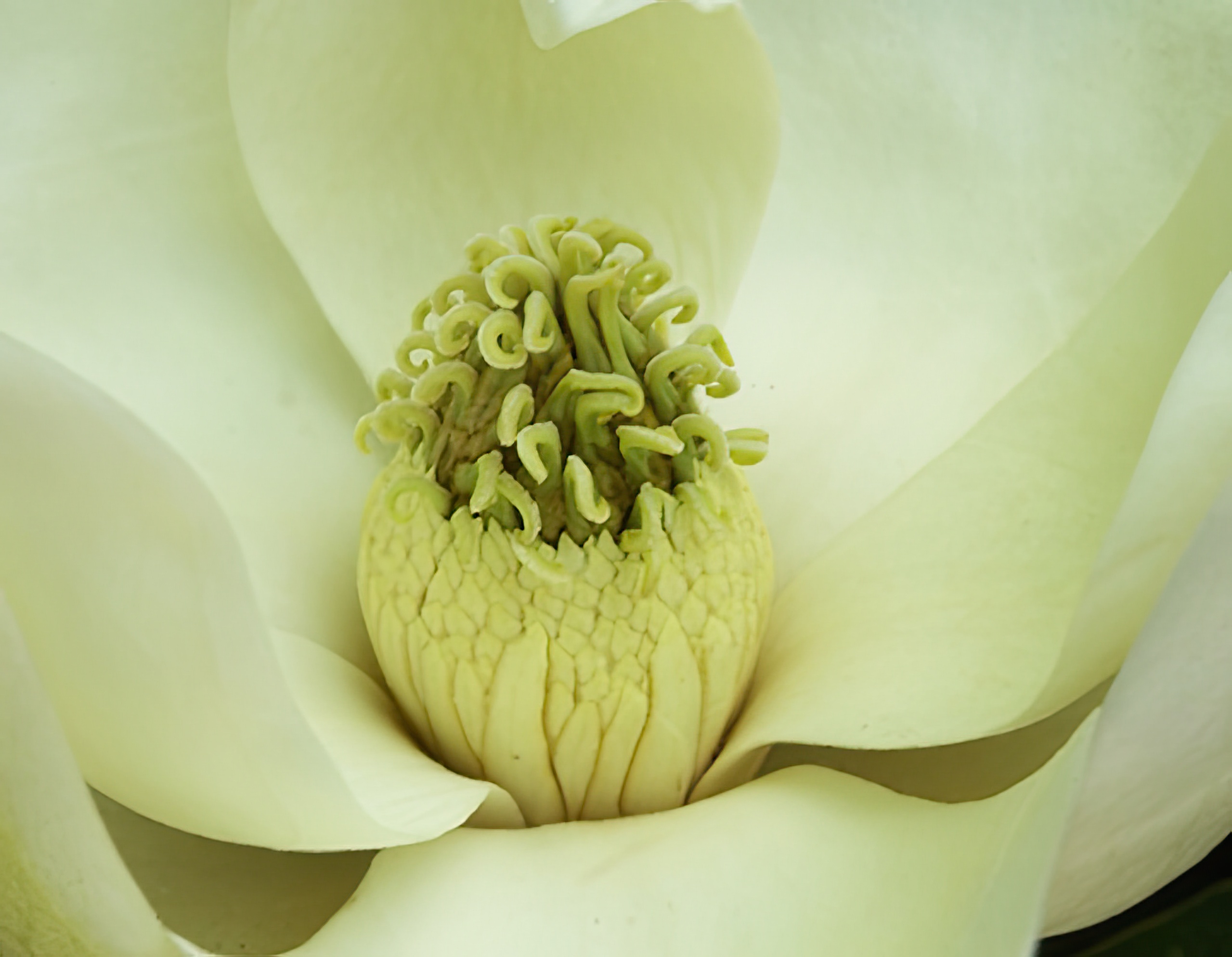“Patch-based image vectorization with automatic curvilinear feature alignment”
Conference:
Type(s):
Title:
- Patch-based image vectorization with automatic curvilinear feature alignment
Session/Category Title: Vectorization/editing
Presenter(s)/Author(s):
Moderator(s):
Abstract:
Raster image vectorization is increasingly important since vector-based graphical contents have been adopted in personal computers and on the Internet. In this paper, we introduce an effective vector-based representation and its associated vectorization algorithm for full-color raster images. There are two important characteristics of our representation. First, the image plane is decomposed into nonoverlapping parametric triangular patches with curved boundaries. Such a simplicial layout supports a flexible topology and facilitates adaptive patch distribution. Second, a subset of the curved patch boundaries are dedicated to faithfully representing curvilinear features. They are automatically aligned with the features. Because of this, patches are expected to have moderate internal variations that can be well approximated using smooth functions. We have developed effective techniques for patch boundary optimization and patch color fitting to accurately and compactly approximate raster images with both smooth variations and curvilinear features. A real-time GPU-accelerated parallel algorithm based on recursive patch subdivision has also been developed for rasterizing a vectorized image. Experiments and comparisons indicate our image vectorization algorithm achieves a more accurate and compact vector-based representation than existing ones do.
References:
1. Branets, L., and Carey, G. F. 2005. Extension of a mesh quality metric for elements with a curved boundary edge or surface. Transactions of the ASME 5 (December).Google Scholar
2. Canny, J. 1986. A computational approach to edge detection. IEEE Trans. Pat. Anal. Mach. Intell. 8, 6, 679–698. Google ScholarDigital Library
3. Chang, H.-H., and Hong, Y. 1998. Vectorization of hand-drawn image using piecewise cubic bézier curves fitting. Pattern recognition 31, 11, 1747–1755.Google Scholar
4. Demaret, L., Dyn, N., and Iske, A. 2006. Image compression by linear splines over adaptive triangulations. Signal Processing 86, 7, 1604–1616. Google ScholarDigital Library
5. Fletcher, R. 1987. Practical Methods of Optimization, second ed. John Wiley&Sons. Google ScholarDigital Library
6. Garland, M., and Heckbert, P. 1997. Surface simplification using quadric error metrics. In SIGGRAPH 1997, 209–216. Google ScholarDigital Library
7. Hilaire, X., and Tombre, K. 2006. Robust and accurate vectorization of line drawings. IEEE Trans. Pattern Anal. Mach. Intell. 28, 6, 890–904. Google ScholarDigital Library
8. Hoppe, H., DeRose, T., Duchamp, T., McDonald, J., and Stuetzle, W. 1993. Mesh optimization. In Computer Graphics (SIGGRAPH Proceedings), 19–26. Google ScholarDigital Library
9. Kovesi, P. D. MATLAB and Octave functions for computer vision and image processing.Google Scholar
10. Lai, Y.-K., Hu, S.-M., and Martin, R. 2009. Automatic and topology-preserving gradient mesh generation for image vectorization. ACM Trans. Graph. 28, 3, Article 85. Google ScholarDigital Library
11. Lecot, G., and Levy, B. 2006. Ardeco: Automatic region detection and conversion. In Proceedings of Eurographics Symposium on Rendering, 349–360. Google ScholarCross Ref
12. Lee, S.-Y., Chwa, K.-Y., and Shin, S. Y. 1995. Image metamorphosis using snakes and free-form deformations. In SIGGRAPH ’95, ACM, 439–448. Google ScholarDigital Library
13. Lindeberg, T. 1998. Feature detection with automatic scale selection. Int’l Journal of Computer Vision 30, 2, 77–116. Google ScholarDigital Library
14. Lorensen, W. E., and Cline, H. E. 1987. Marching cubes: A high resolution 3d surface construction algorithm. Computer Graphics 21, 4. Google ScholarDigital Library
15. Nehab, D., and Hoppe, H. 2008. Random-access rendering of general vector graphics. ACM Trans. Graph. 27, 5, Article 135. Google ScholarDigital Library
16. NVidia, 2008. Nvidia CUDA programming guide 2.0. http://developer.nvidia.com/object/cuda.html.Google Scholar
17. Orzan, A., Bousseau, A., Winnemöller, H., Barla, P., Thollot, J., and Salesin, D. 2008. Diffusion curves: a vector representation for smooth-shaded images. ACM Trans. Graph. 27, 3, Article 92. Google ScholarDigital Library
18. Patney, A., and Owens, J. D. 2008. Real-time reyes-style adaptive surface subdivision. ACM Trans. Graph. 27, 5, Article 143. Google ScholarDigital Library
19. Powell, M. 1995. A thin plate spline method for mapping curves into curves in two dimensions. In Computational Techniques and Applications.Google Scholar
20. Price, B., and Barrett, W. 2006. Object-based vectorization for interactive image editing. The Visual Computer 22, 9 (Sept.), 661–670. Google ScholarDigital Library
21. Sun, J., Liang, L., Wen, F., and Shum, H.-Y. 2007. Image vectorization using optimized gradient meshes. ACM Trans. Graph. 26, 3, Article 11. Google ScholarDigital Library
22. Swaminarayan, S., and Prasad, L. 2006. Rapid automated polygonal image decomposition. In AIPR ’06: Proceedings of the 35th Applied Imagery and Pattern Recognition Workshop, IEEE Computer Society, 28. Google ScholarDigital Library
23. Taubin, G. 1995. A signal processing approach to fair surface design. In Proc. SIGGRAPH’95, 351–358. Google ScholarDigital Library
24. Zou, J. J., and Yan, H. 2001. Cartoon image vectorization based on shape subdivision. In CGI ’01: Computer Graphics International 2001, IEEE Computer Society, 225–231. Google ScholarDigital Library





